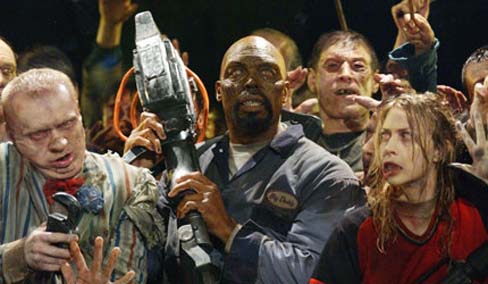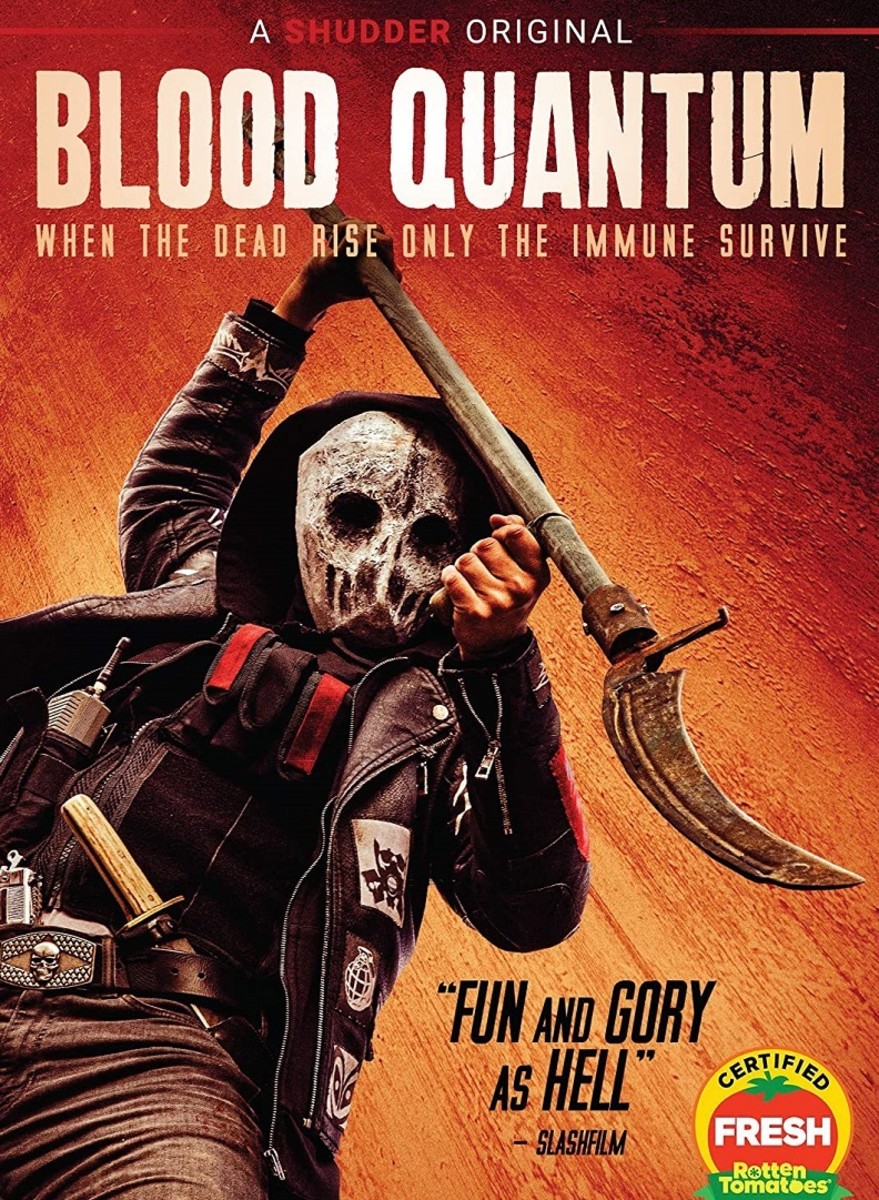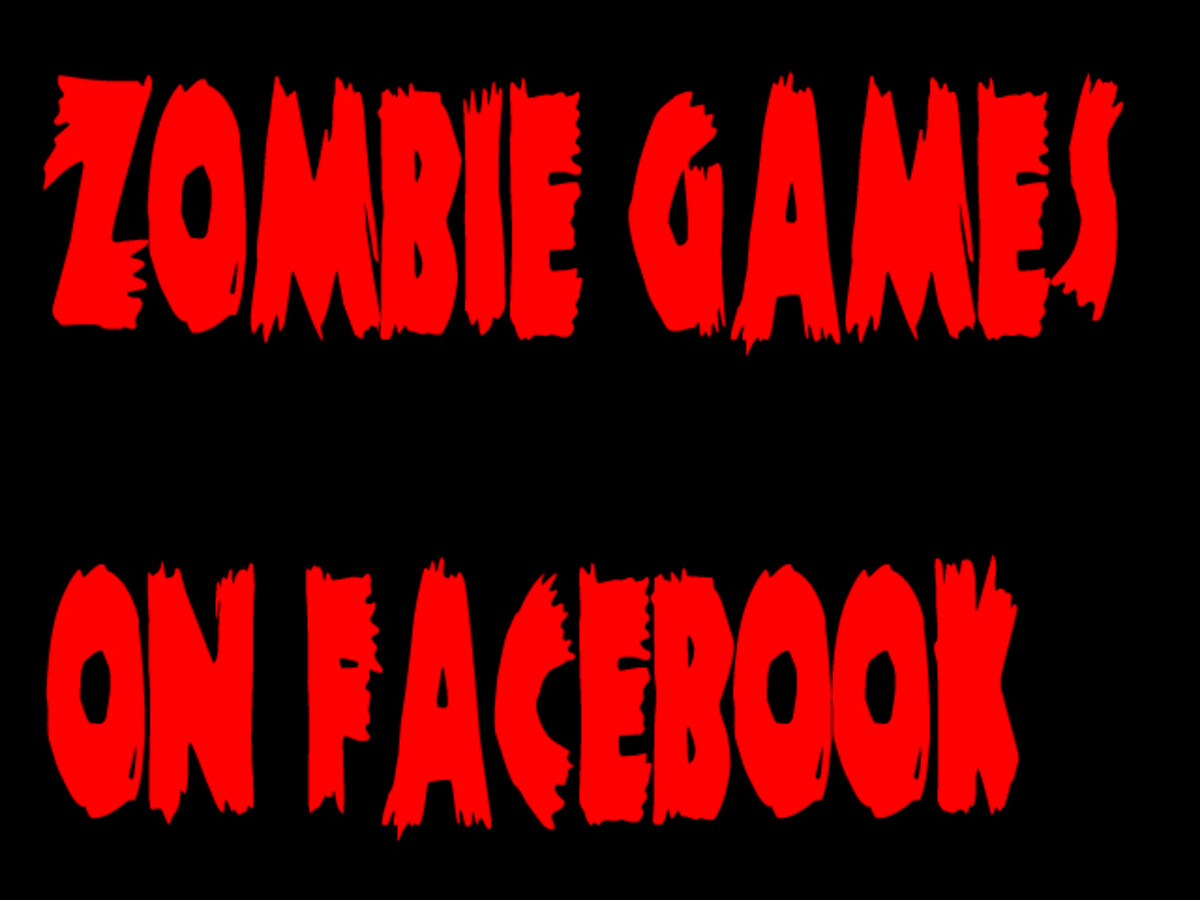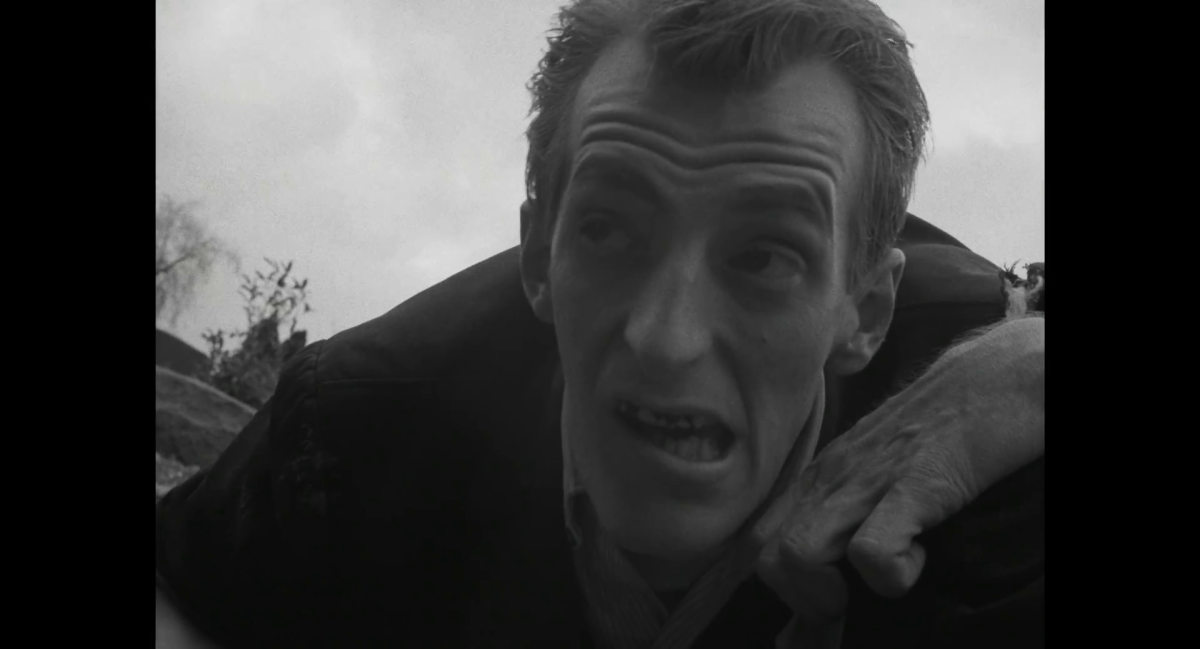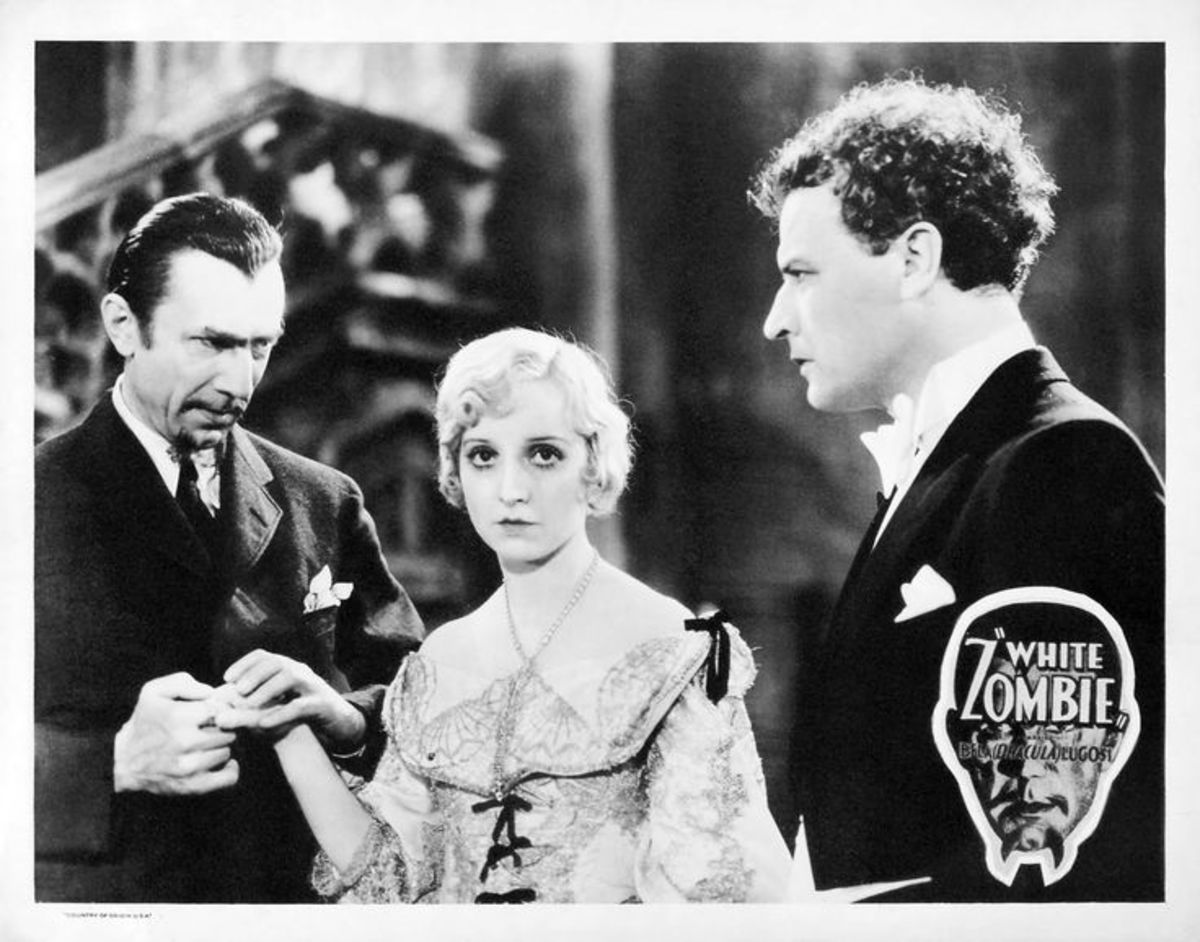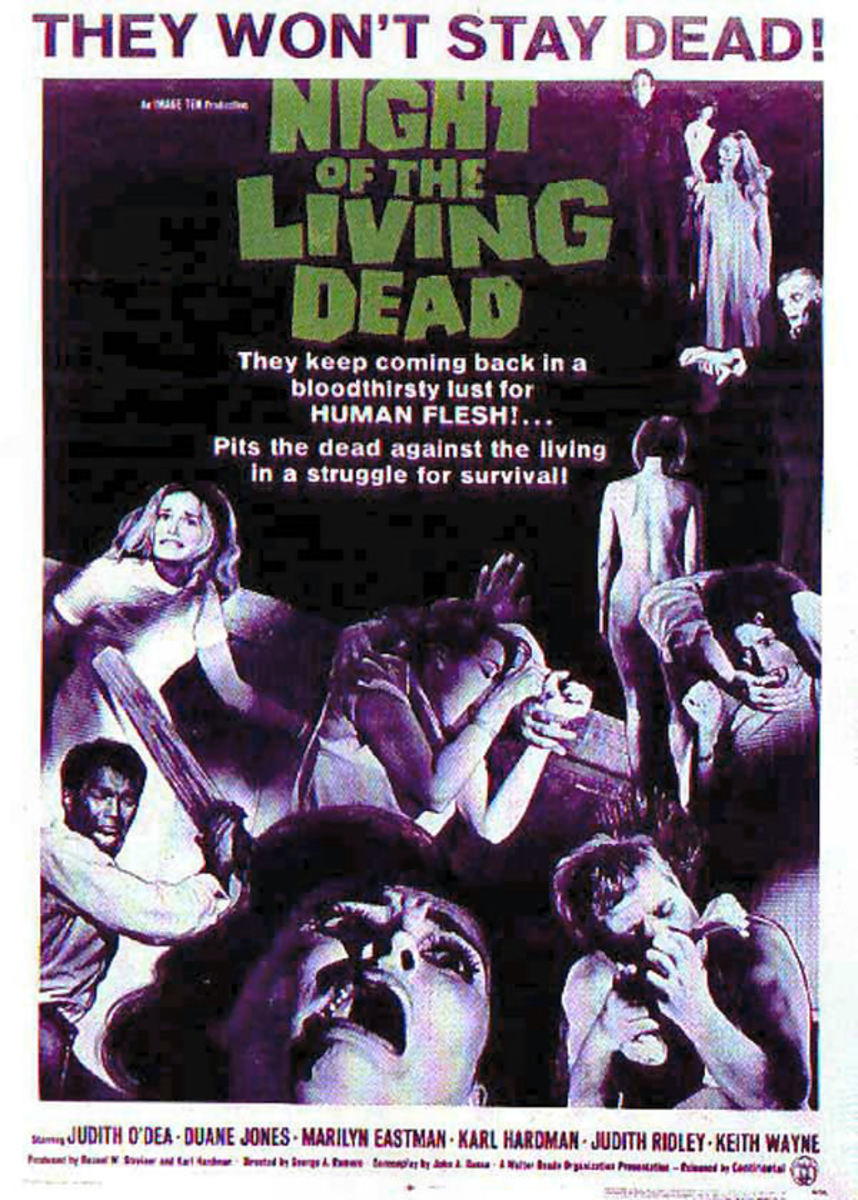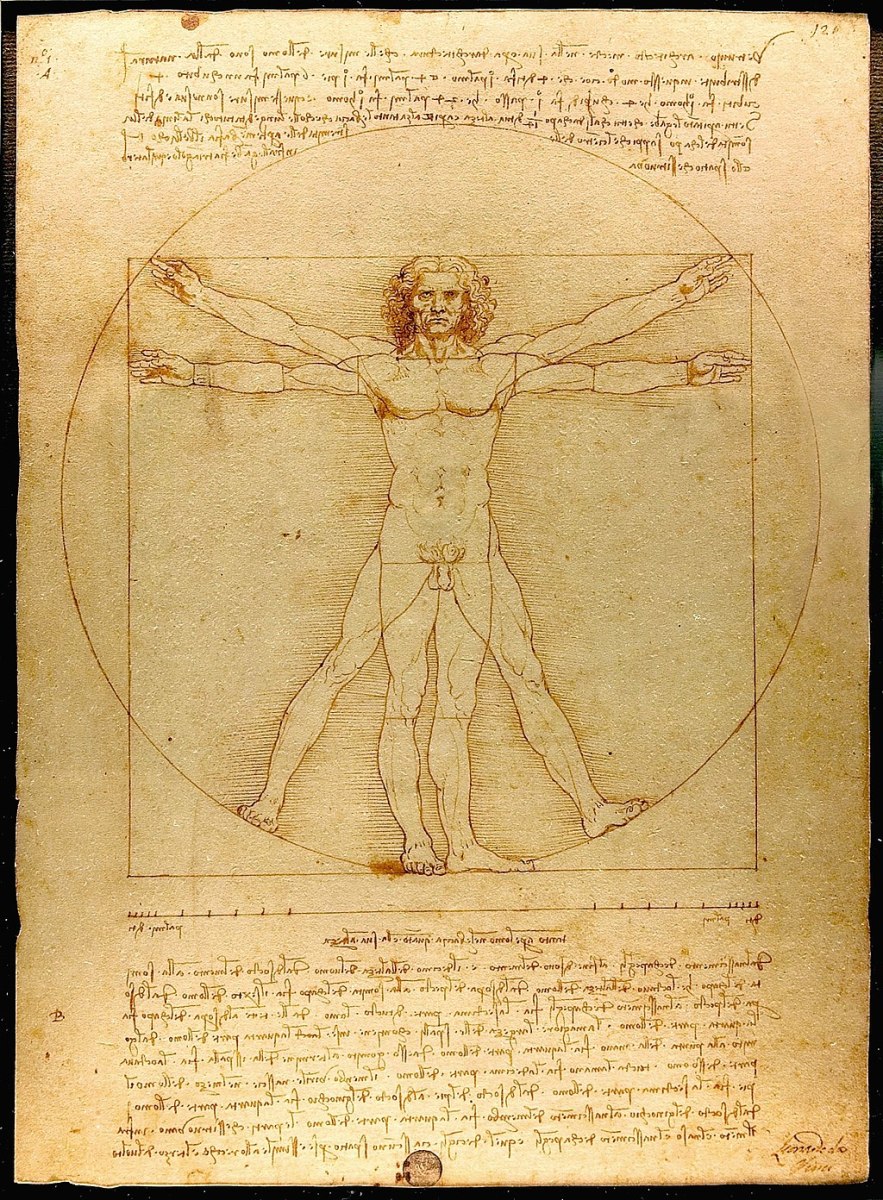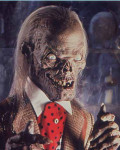More Than Just Horror: Zombie Films as a Social Critique
While it is easy to view the Zombie films of George A. Romero as simply brainless horror films, they are, at times, more than this. By looking critically at the films, one can see that they are more than just horror; they are also social critiques.
Night of the Living Dead (1968)
Produced on a very tight budget, and shot in black and white, Night of the Living Dead was shocking to many reviewers, and audiences, of the film. In the film, Zombies begin attacking a mostly white group of seemingly suburban Americans as they barricade themselves within a farmhouse. Several facets of the film, however, point to the film as a quite radical social critique.
Black & White / Camera Style
One thing very noticeable about the film is that it's in black and white, grainy, and it is filmed almost as if by a journalist during wartime. When looking at these facts, and connecting them to the time in which the movie was produced, it can be seen that the film is perhaps a comment on the Vietnam War. Resembling the often gory and numerous wartime footage of the time, Dawn of the Dead is similar, in looks, to footage of the Vietnam War. In the film, however, the "war" and all its gore, takes place on American soil, directed at middle America. Thus, the film shows what middle-America had done to a country in supporting the Vietnam War by transplanting the gore to the American heartland.
An African-American Character and His Fate
The film is notable as being one of the first films to star an African-American. Played by Duane Jones, the character of Ben is resourceful, strong-willed, and a leader (unlike the numerous white characters who are constantly screaming and drop like flies). While Ben makes it through the zombie hoard, he is mistaken by a group of rednecks as a Zombie and shot dead at the end of the film. What other events occurred during this time similar to this? The assassination of black leaders such as Malcolm X and Martin Luther King, Jr. Thus, the treatment of Ben - a strong-willed hero who is shot in the end - can be seen as a type of allegory to the events of the time, as well as a critique of such actions.
The Little Zombie Girl
Early in the film, audiences meet a husband and wife whose little girl has been bitten by a Zombie. After putting her in the basement, the little girl eventually becomes a Zombie and kills her parents. The predominant thinking around this time was that things like drugs and music caused children to become social outcasts and psychopaths (creating a fear of their own children in parents). By showing an overstated version of this in the form of the little zombie girl who kills her parents, the film is effectively critiquing such ridiculous thinking.
The Catatonic Main Female Character
Initially, the film follows Barbara - seemingly the main character of the film. For the better half of the film, however, Barbara remains in a helpless catatonic state, bordering on the point of ridiculousness. This ridiculous and overly-helpless female role seeks to argue against quite ridiculous social ideas that women were helpless creatures relying on male support and protection - all during a time of rising feminism.
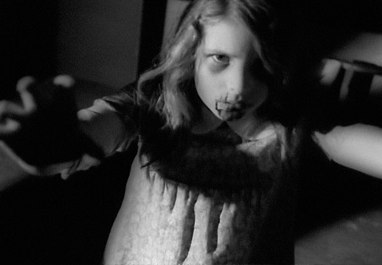
Dawn of the Dead (1978)
A lot had changed in the ten years since the release of The Night of the Living Dead. The counterculture movement was waning, capitalism was again on the rise, and national policies against crime and drug use were hitting conservative crescendos. Like Romero's previous zombie film, Dawn of the Dead was no stranger to social critique.
The Opening Scene
In the opening scene, the audience is presented with an inner city apartment complex overrun by Zombies. Nearly all of the residents and zombies are either African-American, or some other minority. On a fit of craziness, police enter the apartment complex and begin killing the zombies - as well as many innocent bystanders. This gruesome scene echoed the numerous instances of police brutality against minorities in the inner city - occurring because a heightened fear of crime and drug use (that many historians now see as a harmless social fear) as a by product of the Nixon presidency. Thus, this scene critiques the hard-line anti-drug/anti-crime laws that disproportionately affected the inner cities, and the minorities living within.
The Shopping Mall as a Setting
By this time, the counterculture movement had died. Capitalism was again on the rise. What better way than to critique this love of capitalism than to set the film in a capitalist church - the shopping mall. Initially, the cast of the film go through the shopping mall, grabbing whatever they want, and loving life. Eventually, however, the loneliness of simple goods begins to affect the characters who become depressed in a life filled with consumer goods, and devoid of human contact. Quite clearly a social critique of capitalism. Furthermore, the mall becomes filled with Zombies, seemingly attracted to it. Are consumers not just mindless zombies?
Francine's Pregnancy
Late in the film, the audience learns that the main female character, Francine, is pregnant. In being in a world filled with no hope, Francine many times contemplates both suicide and the termination of her unborn child. In an alternate ending, Francine does in fact killer herself, as well as her child. This alternate ending seemingly argues for a woman's right to abort a child as she sees fit. This film was released in the years following the landmark Roe vs. Wade case, in which it was established that a woman has a right to abortion, and seems to fit with this alternate ending.
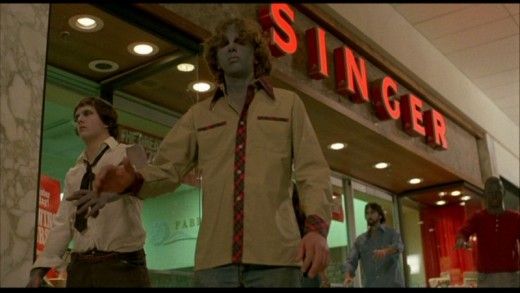
Day of the Dead (1985)
Most of the film centers around the conflict between seemingly moral people (the scientists, and helicopter pilots) and the soldiers, while living in an underground shelter. Ultimately, all of the soldiers are killed as a result of their heated actions and blind thinking, while the most of the scientists and pilots escape to a happy ending. Produced during a time of Reaganomics and a bloated defense and military budget, there's no doubt that the film, as a whole, is a critique of militarism. In another part of the film, one scientist attempts to teach a zombie manners and to have a mind of his own. When given a (empty) pistol, the zombie points it at a soldier and attempts to kill him. Eventually, this zombie breaks free and turns on its masters. Perhaps a commentary on propping up rebel forces against communist governments (and how they will eventually turn against the U.S.)?
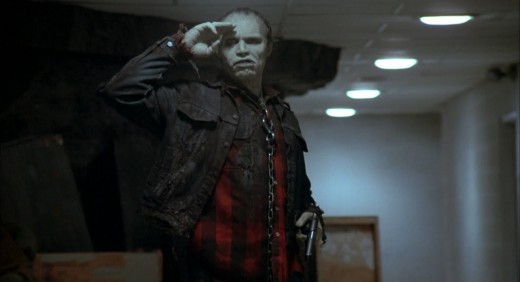
Land of the Dead (2005)
The first Romero Zombie filmed produced after the events of 9/11, Land of the Dead is perhaps the most obvious of all his zombie films to critique society. In the film, the rich have created a large fortress from an apartment complex, in which they use fear to control the more poor humans living in the fortress. This is often seen as a critique of the Bush Administration, for supposedly using fear to further its political goals. The disparity between the rich and the poor also critiques the growing monetary gap between U.S. citizens. The main protagonist zombie is wears a mechanic jump suit. Are the zombies in the film not a symbol of a revolting lower class?
In one review of the film, Roger Ebert was quick to point out that in one scene, the Zombies seem to become distracted by fireworks - seemingly a commentary on mesmerizing events like the "Shock and Awe" bombings of Iraq, or the Iraq War as a media event.
